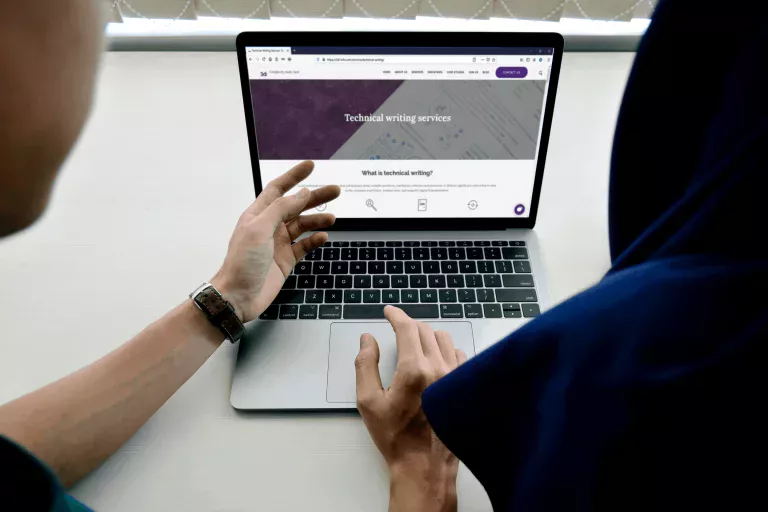I discovered something really interesting about how our customers communicate with us earlier this year. I set out to gather together a set of customer-initiated interactions. That is, interactions via phone, email, live chat or web form that customers initiate (i.e. not responses to communications from us). The purpose for doing this was to work out which queries to enable as self-service options for customers.
Understanding why customers contact us
I got representatives of all our customer-facing teams into a room, and gathered together a set of emails and logs from customer contacts. We quickly came up with a good list of about 60 interactions, ranging from product-related “I’ve got an error message; what do I do?” queries to specific queries about their account “How many licenses have I activated?”
Interesting stuff. And plenty that could be enabled as self-service options on our website.
Unravelling the current state of affairs
What we do on the website needs to tie in closely with other channels, though, so we needed to identify the channels that these interactions were initiated on – so that we could make sure that as we make changes they hang together well with how we handle the same interaction on the other channel.

As we worked, it rapidly became apparent that particular types of queries weren’t just coming into the expected customer-facing team. For example, bugs were reported via the credit control team; queries about pricing arrived via support; and so on.
Want to find out more?
Who do customers choose to contact?
It was clearly time to get sorty. I asked each of the team members to sort the interactions into ones that their team handles “often”, “sometimes” or “never”.
- 50% of the interactions we identified are handled “often” or “sometimes” by all 6 of the teams represented.
- A further 13% are handled “often” or “sometimes” by 5 out of the 6 teams represented.
That’s a total of 63% of types of interactions from our list that could arrive with any of the customer-facing teams – rather than with the one we’d ideally like to have it arrive with.
Why is this happening?
There were several reasons behind this complexity. Here are three main ones, in no particular order:
- Customers contact whoever they dealt with the last time they dealt with the company. Or if they’re in the middle of a conversation with us, they ask that person.
- Customer expectations about who can answer a question don’t match the internal organisation. We particularly see this with bugs and “how-to” questions, where triallers who haven’t purchased yet don’t see themselves as ready or eligible to ask for support, so they ask the salesperson they’re dealing with. Similarly, if people are having trouble getting their software activated, they ask the support team … whereas it’s actually the credit control team who are best placed to deal with these queries
- Customers find ways to contact the company in the way they want to contact the company. We put an “online support form” onto our site, to enable customers to submit a query via a web form. This was a trial version, so it was very basic and included just a few options for “type of query”, including “other”. We quickly found we were getting a lot of pricing queries via this “other” category; not a “support” category we’d anticipated. Although the telephone number for contacting sales is plastered all over the website, we don’t offer any online form for contacting sales … so customers used the best thing they could find.
How to deal with this complexity?
Here’s what we decided to do about this:
1. From the customer’s point of view: we’re happy to deal with queries wherever they arrive. The main thing is to make sure that customers can get in touch with us and get their queries answered. We do need to get better at supporting what they want – for example, we added a “pricing request” option to that online support form.
2. From our point of view: take care to ensure that all customer-facing teams get information and training that relates to any changes in our licensing model, documentation available. Make template responses to queries available to all teams. Improve our information-sharing. And so on.
3. From the systems point of view: Make sure we can forward queries internally to the best person to deal with them, as quickly as possible. While we’ll always do our best to answer telephone queries wherever they arrive, this isn’t always possible. We also prefer to have the best-suited team answer questions where possible – particularly where they arrive by email or web form.
Where contact points are web-based, we can also make sure that we forward the query to the preferred team as quickly as possible. For example, we now forward licensing queries raised via that online support form directly to the credit-control team.
